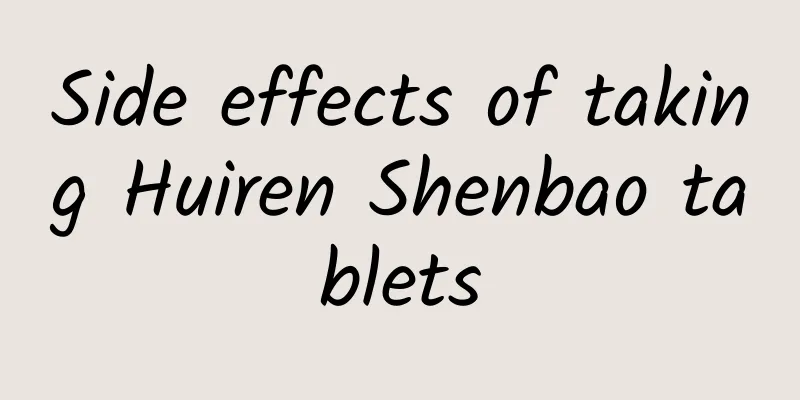What are the common treatments for lower limb arterial occlusion?

|
The blood vessels in our body are like the roads in the city, and the blood is the motor vehicles traveling on the road. However, as the number of vehicles in the city continues to increase, the probability of traffic jams has also greatly increased. The same is true for blood vessels, which may also become blocked. So, how to treat lower limb artery occlusion? 1. General treatment Atherosclerosis is a systemic disease that should be viewed and treated holistically, including controlling blood pressure, blood sugar, blood lipids, strictly quitting smoking, and actively diagnosing and treating possible concomitant cardiovascular and cerebrovascular diseases. Under the guidance of a doctor, strengthen exercise to promote the formation of collateral circulation; and pay attention to foot care to avoid skin damage, burns, etc. Drug treatment for lower limb arteriosclerosis occlusive syndrome is mainly used for early and middle-stage patients, or as an adjuvant to surgery and interventional treatment. Commonly used drugs include: antiplatelet drugs, such as aspirin, clopidogrel, etc.; vasodilation and drugs that promote the formation of collateral circulation, such as cilostazol, ambroxol, and prostaglandins. 2.Surgery The purpose is to reconstruct the arterial blood flow channel and improve the blood supply to the limbs. Indications for surgery include: severe intermittent claudication, phthisis, ulcers or gangrene. The choice of surgical plan should comprehensively consider the location, range, degree, outflow tract of vascular lesions and the patient's physical tolerance. (1) Arterial bypass surgery uses artificial blood vessels or autologous great occult veins to establish a bypass between the proximal and distal normal blood vessels of the blocked blood vessels. It is divided into intra-anatomical bypass and extra-anatomical bypass. The intra-anatomical bypass is constructed according to the original normal arterial blood flow direction and conforms to the normal physiological structure of the human body. It is the preferred method; the extra-anatomical bypass is suitable for patients who cannot tolerate surgery and those with infection in the intra-anatomical bypass area. (2) Endarterial stripping is suitable for patients with short-segment aortic and iliac stenosis or occlusion. Due to the development of endovascular treatment technology, it is rarely used nowadays and is mostly used as an adjunct to arterial bypass surgery to facilitate the construction of a good anastomosis. (3) Percutaneous transluminal angioplasty/stent implantation is a minimally invasive treatment method with low surgical risk and rapid recovery. This method involves puncturing the artery and delivering a balloon catheter to the narrowed or occluded part of the artery to dilate and reconstruct the arterial lumen. Combined with the use of intravascular stents, better clinical results can be achieved. In the past, this technology was only used for short-segment lesions. With the advancement of technology, it can now successfully open long-segment occlusive lesions. It is currently the first-line treatment of choice. |
<<: Why do capillaries bleed? You must know these factors
>>: Too dangerous! What are the clinical characteristics of heart vessel rupture?
Recommend
Can I have sex with a phimosis?
Phimosis is what we often call the foreskin being...
What are the benefits of eating pumpkin seeds for men?
As we all know, pumpkin seeds are a very common f...
What should men do if they bleed after urinating?
Nowadays, people are under increasing pressure at...
What is the best way to nourish the kidneys and strengthen yang? 3 medicinal teas to help you regulate kidney yang deficiency
Men are prone to kidney deficiency. If you feel c...
What is the cause of scrotal leucoderma?
Scrotal white spots may be caused by eczema or se...
What are some ways to improve enlarged pores in boys?
If a person's skin pores are relatively large...
Self-treatment methods for enlarged prostate
Nowadays, the pressure of fast-paced life makes o...
Penile mucosal rupture
The penis is one of the most important male repro...
Hiccups and indigestion? These symptoms tell you that you have a lack of stomach acid
Excessive gastric acid is also a disease, and pat...
What are the dangers of low blood pressure and high blood pressure? How to treat it?
Among people with high blood pressure, when they ...
The benefits of eating pigeon eggs for men
Nowadays, most men want to improve their sexual f...
Why is my right testicle painful?
If a man has abnormal conditions in his testicles...
What causes spinal pain in men?
The spine is a very important bone for people. It...
What to do when your girlfriend wants to break up?
Love life is an indispensable seasoning for peopl...
At what age does men experience menopause?
When it comes to menopause, everyone must think o...









